Food illustrations represent food in various ways that make the onlooker want to eat the food. Designers can make the food illustration in watercolors, digital art, hand-made paintings, and other ways to depict the recipe or a food dish. There are so many fields where the designers are required to create food illustrations. Specific creative areas use a lot of food illustrations to share a message or create a brand story. For instance, a famous restaurant creates a burger’s mouth-watering illustration to lure people who like to eat a burger. Such people would look at the illustration and would want to eat that food item sooner rather than later. Food illustrations are often used by magazines and restaurant owners for designing menu cards or food posters. You can also use food illustration to depict nutritional value and the benefits of eating a particular food item.
In this blog, we look at the tips that you can use when you are trying to create excellent food illustrations. This blog helps you understand which thing you should NOT follow when you are explicitly targeting the creation of food illustration.
1. Losing focus on the colors:
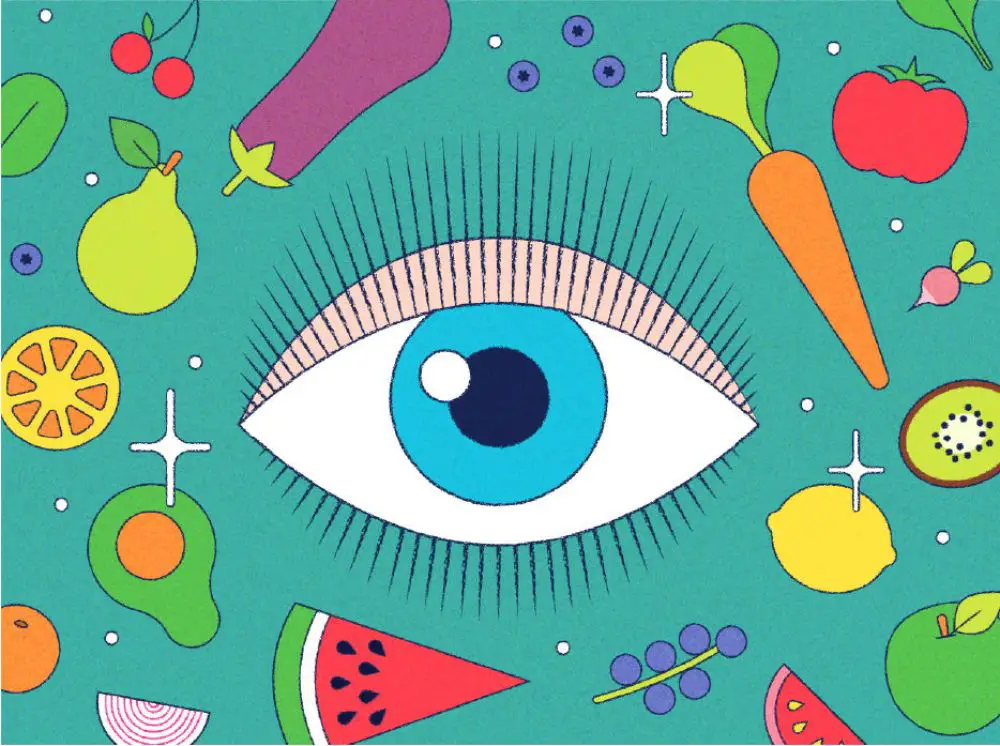
It would help if you did not forget the importance of using colors when creating a food illustration. Bold and vibrant colors ask you to divert your attention towards it, and the colors are known to determine the thoughts you encounter. When it comes down to creating food illustrations, it should provide joy and celebration. The food generally brings people together, and the same aim should be followed while creating food illustration. And this can be done using the right shades and tones of the colors used to create the food illustration.
When selecting the colors, you should follow the color psychology. If you are targeting healthy food illustrations, make sure to use browns and greens more. Brown and green represent nature and hence often create a notion that the food that is brown and green is healthy. This way, you should understand the power of using the colors while creating food illustration. No matter what kind of illustration it is, colors make a lot of impacts. A food illustration could be in watercolor, oil paint, or a digitally printed poster, but the wrong colors can destroy the design. Eventually, the food illustration fails to create the right mindset or may even be a failure in reaching the aim with which it was made. If you don’t know which colors to use, stick to the colors you see in the real food. Gradually, you can change the tones of the colors in the illustration to make it look stunning.
2. Keeping the design stagnant:
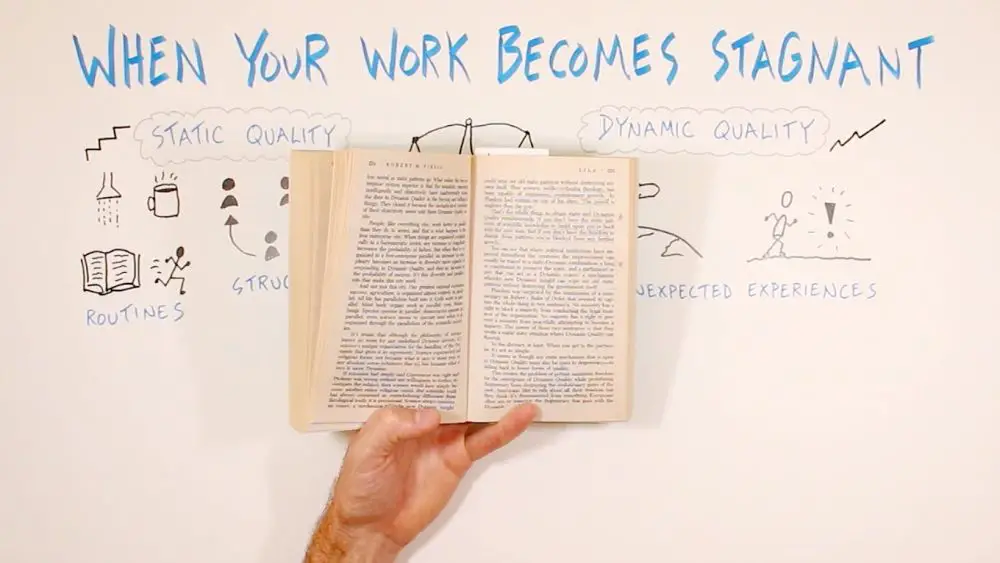
The worst thing you can do as an artist is not to try to change and keep refining your design style. When your designing skills become stagnant, it is easy to lose out on your creativity and clients. Everyone demands something new when they are out to buy something. And while comparing various styles under the same category, they tend to buy the best version. The same thing applies to the scenario when you are designing a food illustration. While creating various designs, you have to try and work with new ways to do it. You should always use “trial and error” methods to come up with new ideas and designs. You should look at fresh foods and think about how and what new ideas you can incorporate with the illustration.
In some cases, you can also choose to discuss new ideas with your friends or family members. When you discuss ideas, you are bound to understand how you would work out with the original concept. It would be best if you were not afraid to try out new ideas and run experiments. The experiment may fail, but it may teach you a new thing or two in the process. You can choose watercolors instead of your usual method of using oil paints to create an illustration. By choosing to show the texture, you can add finer details to your standard illustration to see its looks. You can try adding new information to your existing illustration to see how it turns out to be. And if it looks good, you can successfully implement it with your next project.
3. Ignoring the creative inspiration:
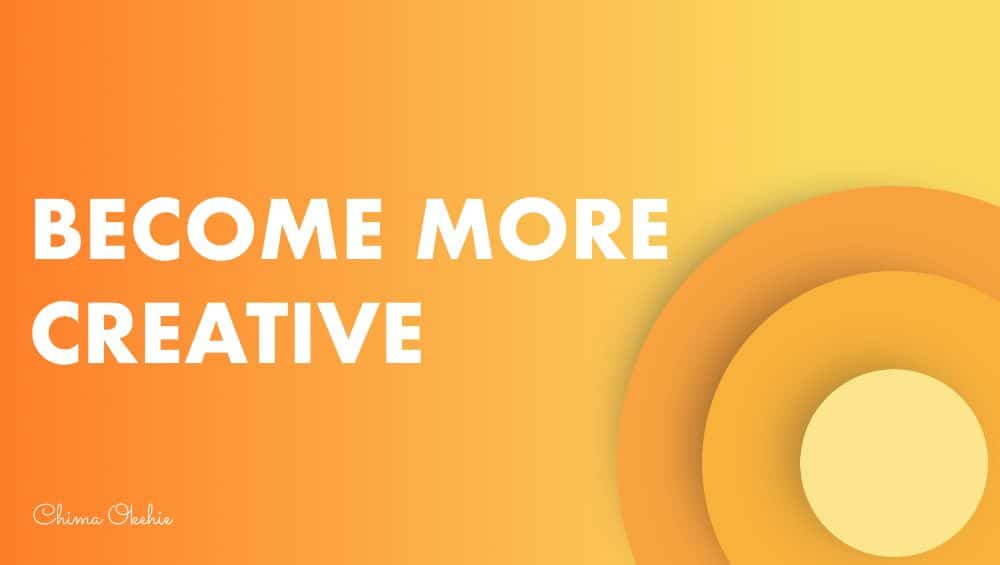
An artist is generally driven by his inspiration and the will to follow the gut instincts. This is applicable when you are a food illustrator. With some designers, the inspiration for food illustration comes from their love for food. Some of them find inspiration in the way they were served the food during their childhood. If you tap into that inspiration, you are bound to create fantastic food illustrations. It is vital to use that inspiration now and then, which forms a habit with time. Once this habit is formed, you can easily find inspiration to create art that communicates well with the onlooker or your client. To do this, you should closely observe the food. Always pay attention to the small details of how the food appears to you and what emotions or thoughts it invokes in your mind.
When you fail to tap into this creative inspiration, you tend to create bland and dull illustrations. Whatever illustrations you make, you should have a driving force behind it. And if you are creating a professional portfolio, then you need to have designs that pop out. Only that can help you stay in the field. Moreover, practicing the illustration skills repeatedly can take you from an amateur designer to a skilled artist. The illustrations that you create need not be perfect because perfect food appears fake and inedible. But you should strive to maintain a balance between the colors you use and the detailing you offer to it. If you strike the right balance, it can never fail to attract the attention that it deserves.
4. Avoiding experimenting with new techniques:
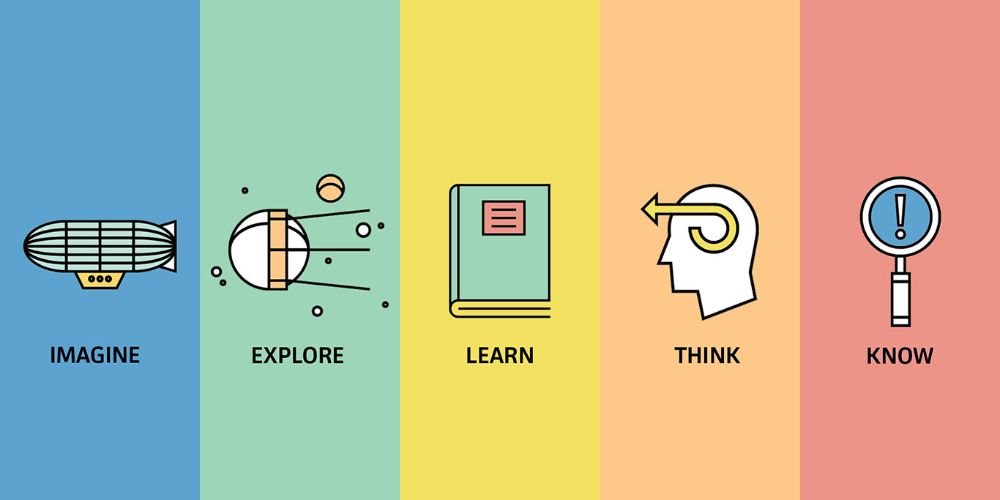
New techniques and methods can give you impressive results. You should always try on doing new things to see if it gives you satisfactory results. It is okay not to achieve the desired result in one go when you are trying an original method. You can start doing it by trying to imitate the digitally printed illustration. It can also be done if you follow your favorite artist and their process of creating a piece of art. If you make thin strokes with your illustrations, try making one with bold strokes of the brush. You are bound to fail; hence don’t be afraid of spoiling an illustration. It can teach you a lot of new things that you didn’t know earlier.
Running trials and errors can help you understand the art and the creation of the art accurately. While in the process, you may also discover a new ability to create exciting food illustrations. An artist was not made in one day. But the same artist was not afraid to fail when he was trying new methods. When you try different techniques, you are eventually refining your style of food illustration. Over the years, you can come up with a refined style that can become your style of creating beautiful food illustrations. But this stage can be reached only when you are not afraid of failing at trying new methods. Not just here, trial and error method is inevitable in all the creative fields. Everyone should strive to introduce something new to create better designs and illustrations.
5. Avoiding attention to detail:
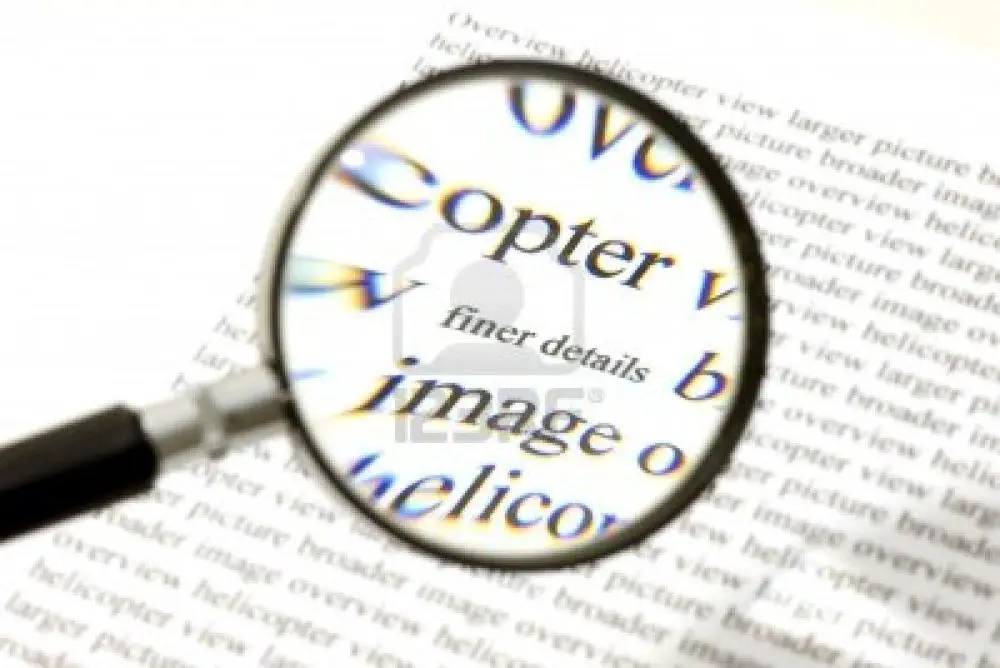
“When you pay attention to the detail, the big picture will take care of itself.” This adage is so apt when it comes to creating food illustrations. A person is called an artist when he knows which details to attend to and which to ignore. When it comes to food, there are innumerous textures, colors, and patterns to follow. Whatever we eat is such a complex creation of God. For instance, if you are creating an illustration of a pizza, then the detailing can make it look enticing. Without details, you are merely drawing a circle, coloring it, and expecting it to look like a pizza.
When you add extra sprinkles or toppings on the food item while illustrating it, you tend to see how it appears. For instance, if you are showering sprinkles on the ice cream in real, you would see how it falls or appears. And adding this small detail to the illustration of ice cream can change the entire way of how it looks. Hence, when you have the right amount of detail for an illustration, you can project the right kind of creativity in its design. Therefore, while creating any food illustration, you should understand the importance of the detailing.
6. You ignore capturing the food:
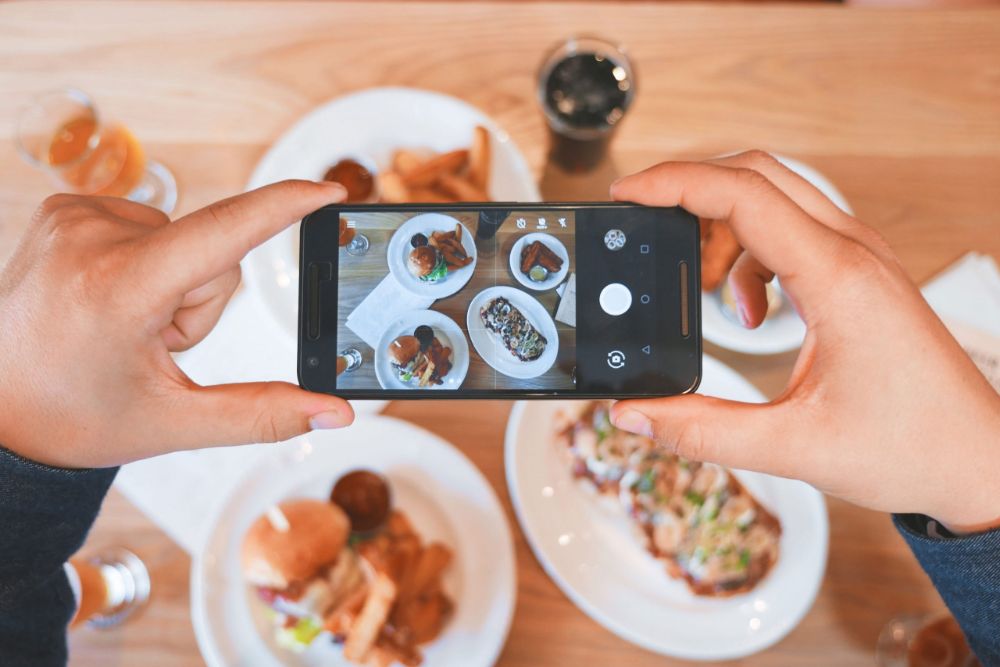
When you are starting in the field of creating food illustrations, you should always first know how to capture or photograph the food. Food photography is essential to understand the process of producing food illustrations. When you see the food photograph, the process of creating the illustration becomes easy. Moreover, a photograph of food helps you understand the details of the food. Another thing why a photo of food is important is, you can have access to the picture when you want to create an illustration of the food. You cannot place the food on the table and start building an illustration out of it. Since food is perishable, it is always advisable to click a good picture before its illustration.
Initially, creating an exact illustration of food from the picture is a good idea until you get its hang. But once you get the idea of how to do it, it is best to collect the image in your memory and put it out on the paper from your memory. This way, it gives you a lot of imagination and lets you see how the illustration turns out.
7. You don’t follow the process of sketching:
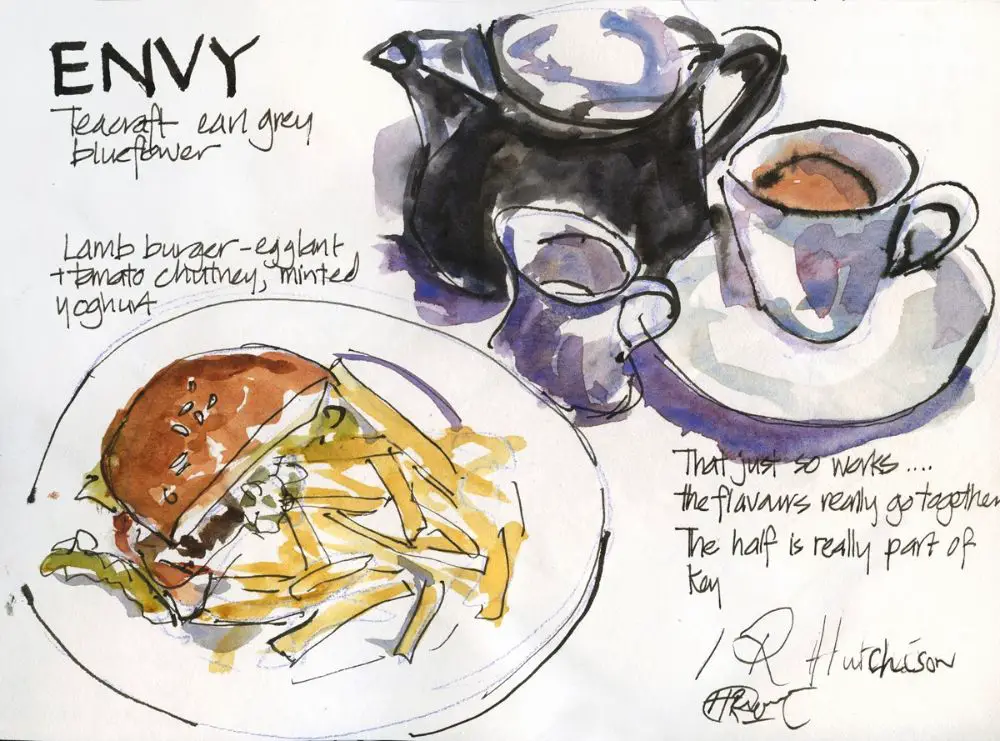
If you have decided that you want to be an illustrator, you need to start creating the food sketches before you can switch over to coloring it. With sketches, you can create a rough idea of how a portion of food looks like. Sketching gives you an idea of lighting, texture, and color theme of the food. It is crucial to sketch first because sketching gives you insight into how to create a food prototype. You can project lights, shadows, radiance, and dullness of your illustrations in the initial phase with sketching. Gradually, you can turn to color them once you perfect the art of sketching.
Sketching lets, you handle the kind of strokes you require. Some illustrations require bold strokes, while others need mild and thin strokes. This way, you can identify the types of strokes you can offer to illustrate changing scenes. Sometimes, the black and white sketch looks better than the colorful illustration, and once you have excelled at sketching, you can try the colored illustrations. The illustration doesn’t have to be perfect. A nearly there illustration also is an illustration. Sometimes, an illustration with imperfections also looks better than the image of the real food. And such an illustration should be your goal.
Conclusion:
A seasoned illustrator and an artist know how to create food illustrations that are perfect and stunning. Years back, food illustrations were made only by people who knew how to draw correctly and had an artistic bent of mind. But with the advent of technology, anyone can become an illustrator if he understands how to use the tools and technology. This blog today emphasizes the importance of things you should not do while creating food illustrations. To successfully generate food illustrations, you should avoid above mentioned tips. Hence, it is crucial to understand which things should be avoided to reach a successful understanding of the process of creating an illustration. We have included all the essential things that you can avoid while making a food illustration.
via https://ift.tt/3iVaX3i

No comments:
Post a Comment